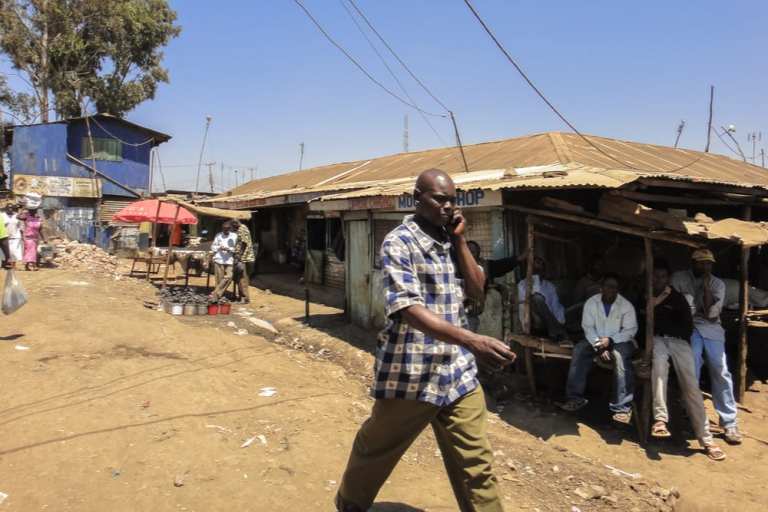
The Kenyan National Assembly is considering a law that would make mobile lenders in the country subject to central bank oversight, which would force them to reveal transactions fees and interest rates before they dole out loans.
Bloomberg is reporting that lending companies that don’t get deposits, like Tala, which is backed by Alphabet, and Branch International, which is funded by Andreessen Horowitz, don’t get supervised by the central bank. It does, however, supervise micro-credit banks like Equity Holdings Group, Cooperative Bank of Kenya, NCBA Group and others.
Gideon Keter, a member of the National Assembly who drafted that proposed law, said younger people are very vulnerable to mobile lending platforms, which are “too exploitative in their repayment terms by charging exorbitant interest rates,” he said. “There is need for consumer protection. These mobile loan apps have commercialized poverty.”
The law would mean that the central bank would license and regulate the lenders, and also force them to have requirements for capital. The law would also have checks for money laundering and terrorism funding, and could potentially come into effect by the end of the year.
Micro lenders are becoming more common in Kenya, and Central bank Governor Patrick Njoroge has called them “plain vanilla” loan sharks.
Earlier this year, five banks in the country collaborated on a mobile lending solution to address the credit squeeze on small businesses resulting from government caps on lending rates. The effort to lower rates has caused some banks to pull back on high-risk small business lending, the industry has said.
In an effort to revitalize small business lending and compete with outfits like M-Pesa, KCB Bank Kenya, Commercial Bank of Africa Limited, Cooperative Bank of Kenya, Diamond Trust Bank and NIC Group have joined together to introduce a mobile lending service that offers financing to small businesses with an interest rate of 9 percent per year.
According to the nation’s central bank, “customers will be scored and advised of their credit limit. Additionally, they are eligible for a top-up functionality once 80 percent of the loan borrowers has been repaid or track record of three months’ payment.”